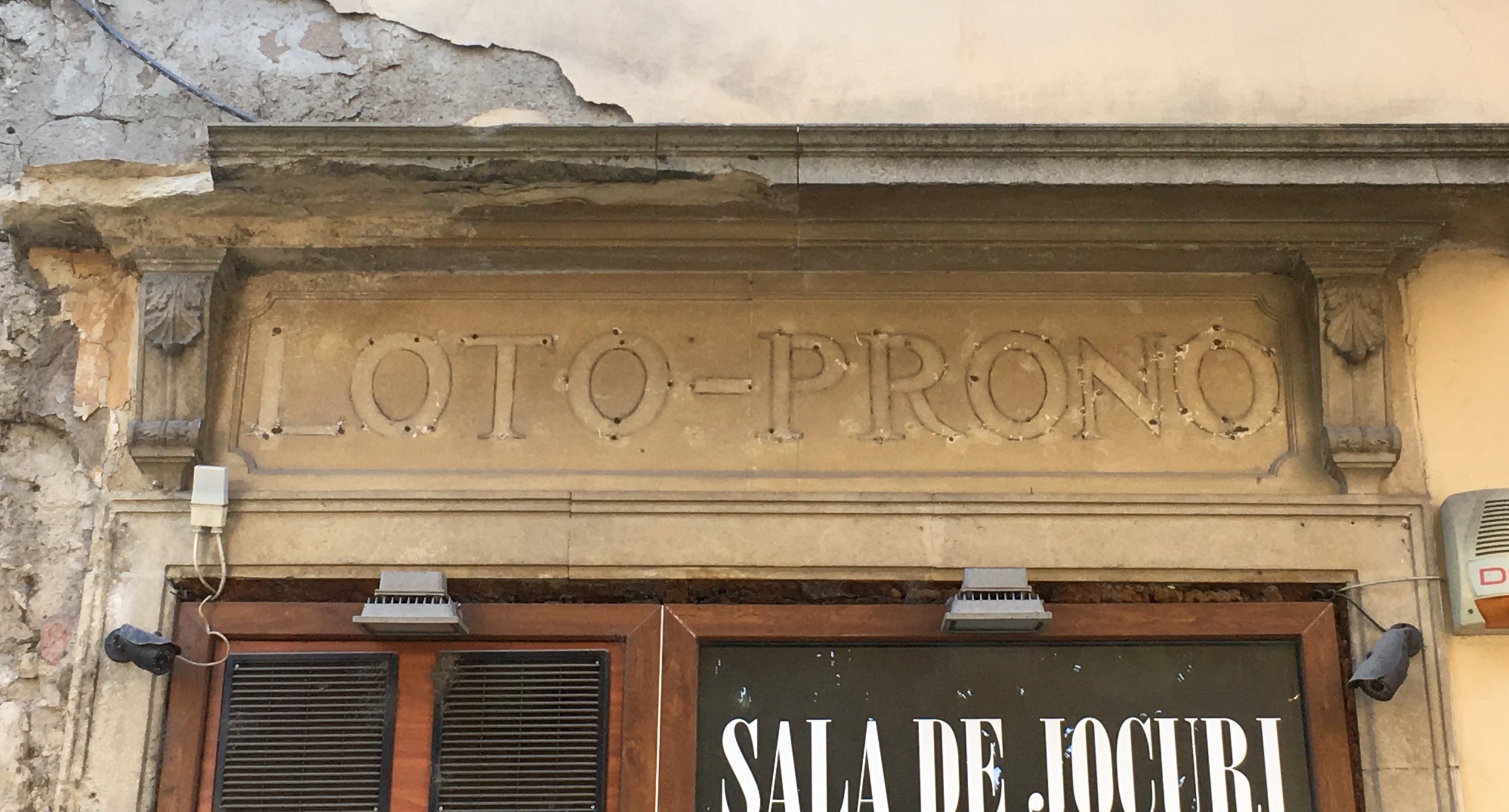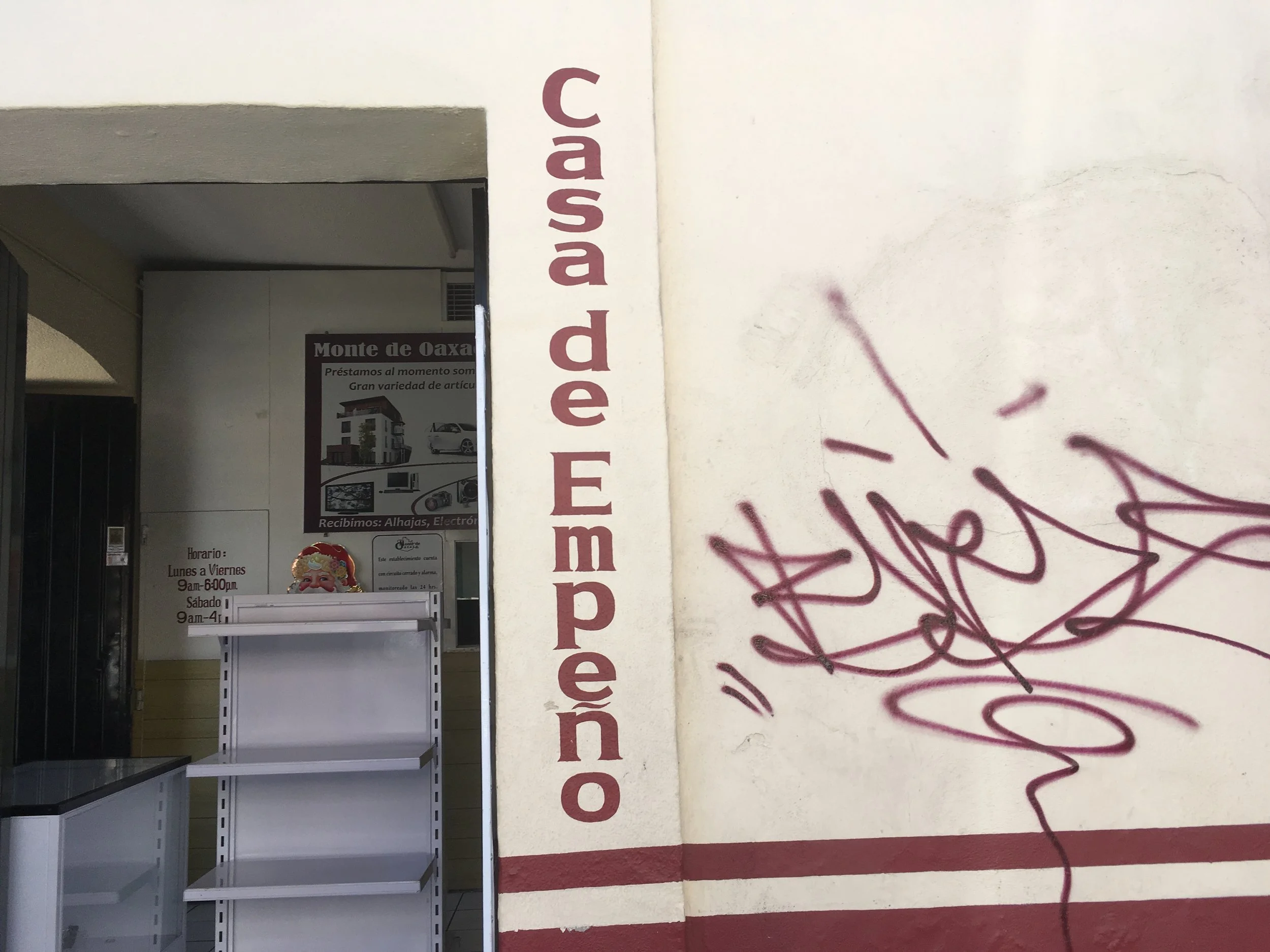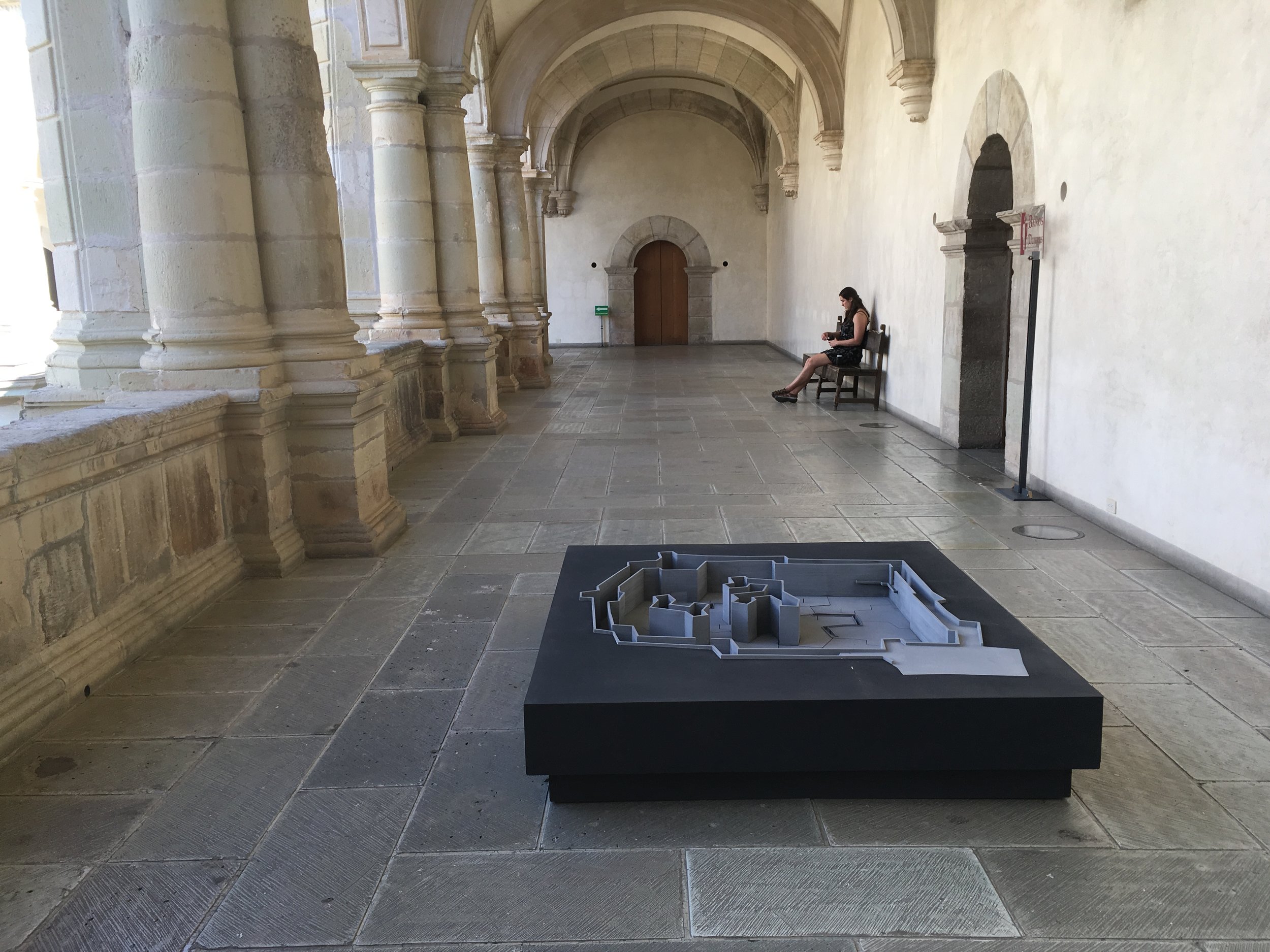Musical Monitor (LA)
Los Angeles, CA. LAX airport. Singapore airlines presents a beautiful multiscreen installation based on their main destinations. Inbetween each destination, birds fly slowely across a blue sky, very soothing. Each destination is based on music of the country, slow, gentle, subtle and haunting. The best one is Dubai (and Madrid) using the neck of stringed instruments. The strings vibrate on various monitor towers, following the notes of the music. Hard to tell if the resonance pattern is actually true to the notes played (?) if so, that is bonus!





















































































































































